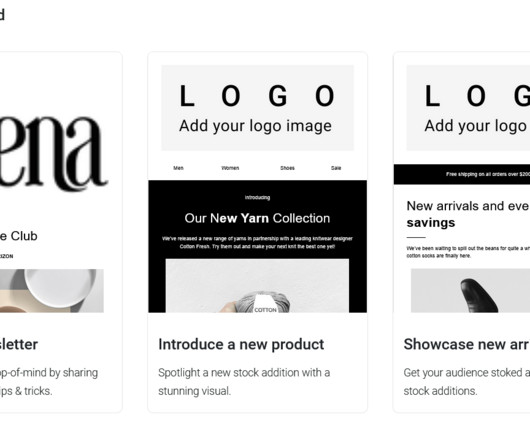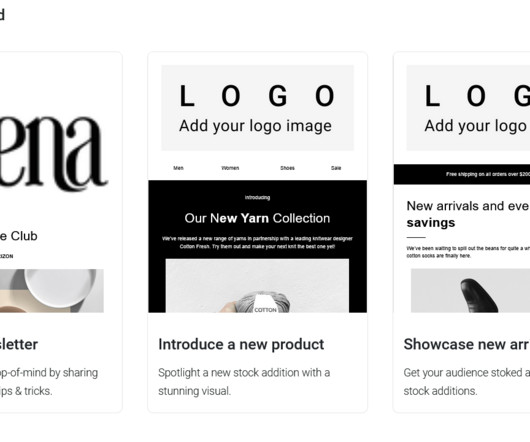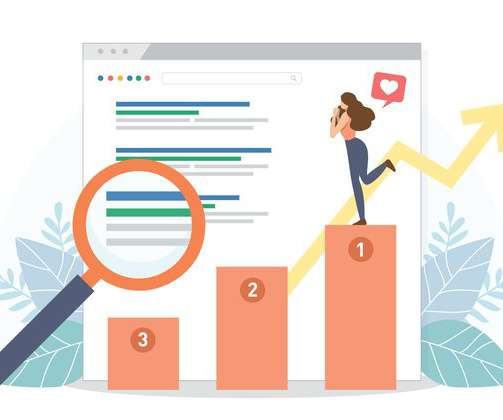Omnisend vs. Brevo (formerly Sendinblue): A feature-by-feature comparison
Omnisend
MAY 10, 2023
Brevo was founded in 2012. In this article, we’ll take a deep dive into Omnisend vs. Brevo (formerly Sendinblue). But there are other features that let you get more from your efforts: You can get revenue and engagement data of your workflows and find your best-performing automations. Omnisend launched a little later, in 2014.














Let's personalize your content